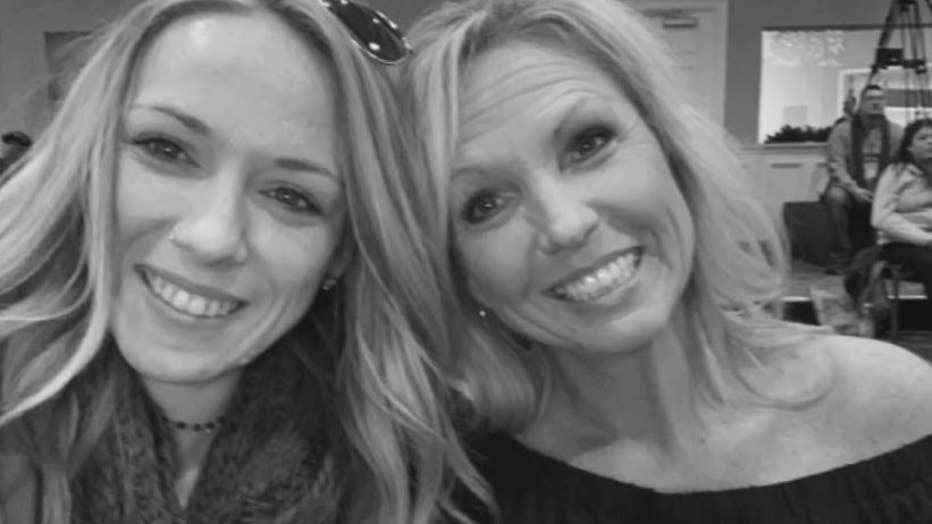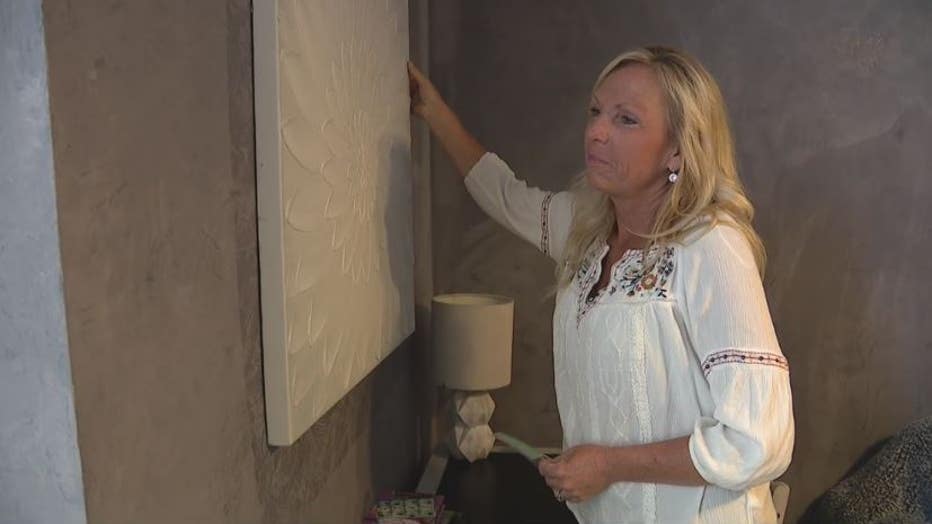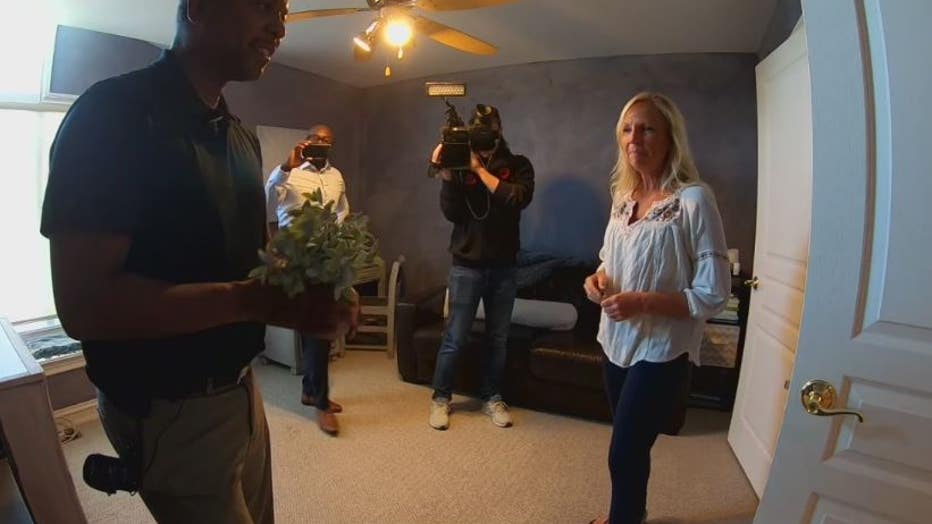One pill can kill: DEA shows most common places teens can hide drugs at home
FOX 2 - One of the fastest-growing killers in the state could be in your home and hiding in plain sight.
Since 2000, opioid overdose deaths have skyrocketed in Michigan, growing ten-fold with more than 2,000 in 2018. Many of them stem from fentanyl an extremely potent synthetic opioid used to treat severe pain.
It’s roughly 100 times stronger than morphine and 50 times more potent than heroin.
"If you think about a grain of salt, one grain of salt if that was fentanyl, that could be a deadly dosage that’s how powerful it is," said Brian McNeal
For years dealers laced heroin and cocaine with fentanyl to cut costs. It’s also being found in counterfeit prescription pills like Xanax and oxycontin, often used by young adults and teens.
"If DEA were to seize 100 pills right now somewhere between 20-30 of those pills are probably going to be laced with fentanyl," McNeal said.
But would you be able to find those drugs if your son or daughter had them hidden in your home? The Drug Enforcement Agency is raising awareness about that with its "One Pill Can Kill" campaign.
Spokesman Brian McNeal showed us the most common places teens and young adults stash drugs at home.
"So what I’m going to do is, I’m going to take some candies and they’re going to be our mock drugs today, our mock pills, and I’m going to hide them throughout the room," Brian said.

Katie Donovan and her daughter, Brittany, left, who has battled addiction issues in the past. Together they share their stories on the blog "A Mother's Addiction Journey."
Katie Donovan will try to find them. She opened her Macomb Township home to FOX 2 and the DEA for this demonstration, it’s one that hits close to home.
"Well unfortunately, I’ve had a little experience looking for drugs in different areas," Donovan said. "Our oldest daughter has struggled on and off for about 12 years now. I try to stay on top of things, but they’re very creative."
FOX 2 set up GoPro cameras at either end of her daughter Brittany's room to record the simulation.
FOX 2: "Typically speaking, how well do parents normally do trying to find things you guys plant in a room?"
"We don’t go super 'James Bond' but there are some obvious locations that they find, but then we purchase some concealed safes like we've got a soda cans where you unscrew the cap, and sure you can hide things like keys or some money in there," McNeal said. "But we’re finding all too often that this is a place where people are hiding drugs and you can have that delivered to your house for like, $10."
Brian gets to work stashing our mock pills in about 15 different spots -- that fake pop can, behind a picture, in candy wrappers, school supplies, and winter clothes.
"Let’s find the most unseasonable jacket we can in here, let's go with this nice Northface," McNeal said reaching into the closet.
After he is all done in there, we bring Donovan in to see if she can find those mock pills.
The stashed Pepsi can is one of the first things she notices. She picks it up, shakes it, and unscrews the top.

Katie Donovan checks a hiding place during the simulation.
FOX 2: "What made you go to that Pepsi can?"
"When I (tapped it) it sounded like it was hollow, but it wasn’t opened and that’s what drew me to that," she said.
Katie finds mock pills in a shoe and a makeup bag - then in a remote control and a bottle of Tylenol. Then, behind a painting.
"My daughter would sometimes hide pills on top of frames or bathroom mirror frames and this is also a spot where behind here, there is a little ledge and she would put some things there, some paraphernalia," she said.
It took Katie about 10 minutes to find most of the mock pills hidden in the room. McNeal walked her through what she missed, starting with the Northface jacket.
"Your reasoning was very sound you looked in some of the most commonly hidden places - you even talked through one that you didn’t go all the way through," he said. "Pockets, especially pockets of clothes that are not in season.
"You talked your way through this one and then talked your way out because it was too obvious. Look in there - even though it’s not a real potted plant. Potted plants are common areas.
Lastly: "You missed one and this one is really James Bondy. What happens when the bad guy captures the good guy, how does the good guy always escape in the movies?" he said, "through the air vents. the good guy always escapes through the air vents."
"Oh and I know that," she said.
"You did awesome," McNeal said. "Your reasoning was very sound. and you talked through it. I’ll give you an A-."

Brian McNeal from the DEA shows a spot that got missed during the search, inside a potted plant.
"I feel pretty happy with how I did, but also sometimes parents can look as hard as they can and think, ‘Well I didn’t find anything, I searched the room high and low, and it can be anywhere. it can be anywhere," she said.
Katie's experience with her daughter Brittany's addiction, prompted her to help others whose loved ones are using drugs. Together, she and Brittany started the online blog A Mother's Addiction Journey.
Katie says parents who suspect their kids are using should broach the conversation with honesty and without judgment.
"We can’t be naïve and think our kids aren’t going to experiment, they’re going to," she said. "It’s almost like a rite of passage growing up. It is what they’re experimenting with now that could be deadly.
"It’s not fun and games anymore. This is very serious and we need to get our heads out of the sand and not think, not my kid, because anything can happen. Even experimenting that one time can be deadly."
"Fentanyl remains one of this region’s biggest drug threats," McNeal said. "And the One Pill Can Kill campaign is just a campaign to put that awareness out there."

